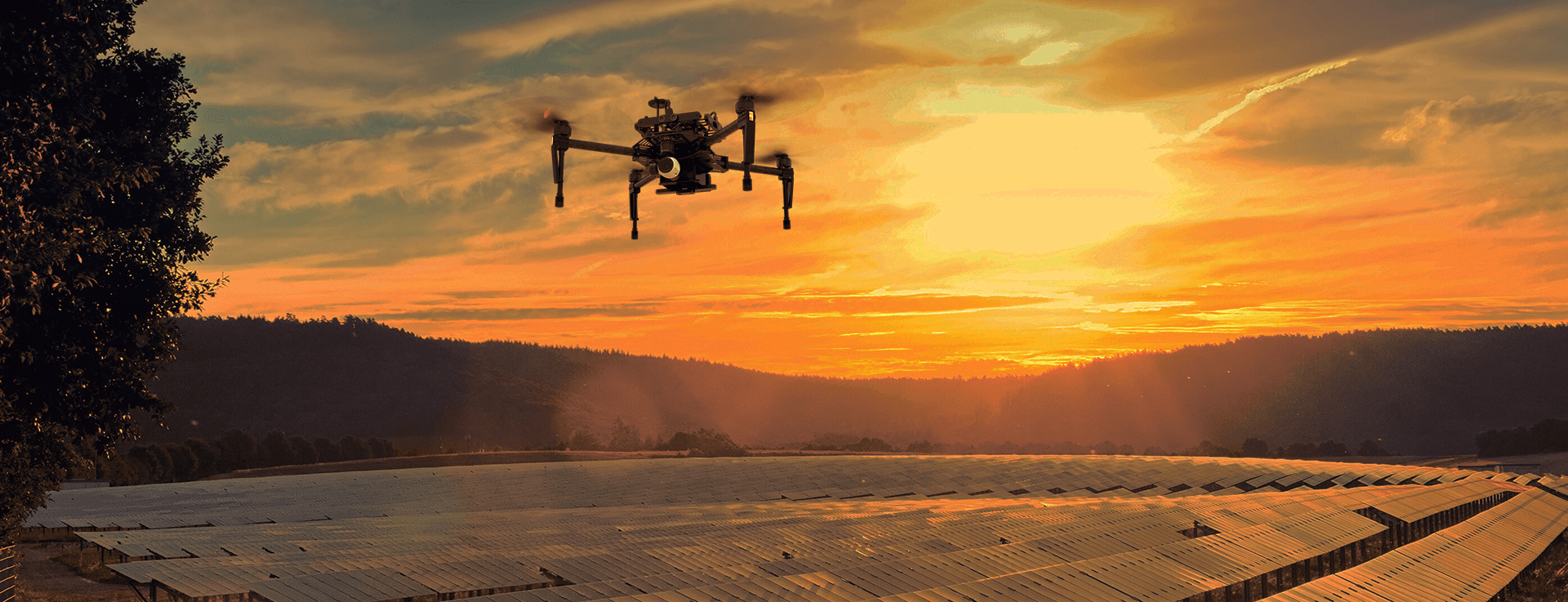Existing Search and Rescue (SAR) Approaches:
- Require Skilled personnel and Helicopters
- Expensive
- Risk of human lives
- Teleoperated drones with minimal autonomy
We, Team Rescue Rangers, aim to solve this problem through our cross-disciplinary skills. We aim to:
“Develop an autonomous aerial system to make Search and Rescue operations – Speedier, Cheaper, and more Reliable”

Details on the underlying need:
A typical search and rescue mission has very stringent requirements on time and the operating environment. This makes direct human involvement in the operation difficult, and expensive, and has led to the use of automated vehicles to conduct the first wave of search. In such hazardous operations, where little information is available about the environment, aerial vehicles have a unique advantage of being able to quickly cover ground and gain an overview of the situation.
However, most of the existing approaches to SAR(Search and Rescue) using aerial vehicles currently rely heavily on teleoperated drones with minimal autonomy, which increases the risk for the rescue team and the cost of SAR operations. Apart from the huge cost, current approaches also impose strict piloting requirements on the operator, which limits the pervasiveness with which such technologies can be deployed. In addition, the capabilities of a teleoperated mission are extremely limited to certain categories of local terrain that always allow a link between the vehicle and the operator. All these issues in addition to the fact that there are roughly 11 SAR incidents each day at an average cost of $895 per operation, underscore the need for building systems that are as autonomous as possible.
